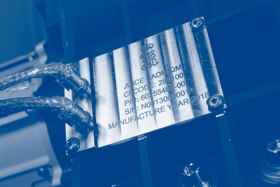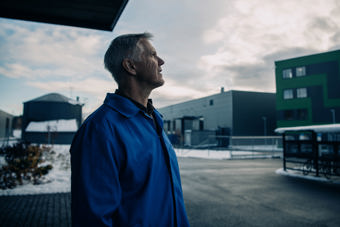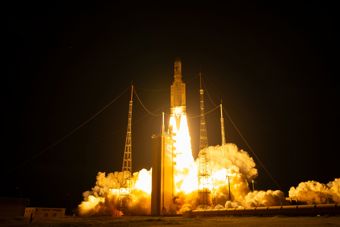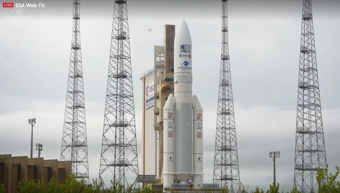In August, the JUICE satellite will execute a spectacular manoeuvre, unprecedented in the history of space exploration.
For the first time, a satellite will harness the gravitational forces of both the Earth and the Moon during a flyby to adjust its course towards its final destination:
Jupiter, the giant of our solar system.
Pushing the boundaries of physics on its journey to Jupiter
On the 19th and 20th of August, this complex manoeuvre will involve bending the spacecraft’s trajectory, slowing it down, and providing the necessary boost to fly past Venus in August 2025. This extreme manoeuvre requires precision and technological perfection.




